Published: 28.7.23
Updated: 28.10.24
When you think of driving, one of the first things that may come to mind is the use of power steering.
A key component in most modern cars, power steering makes turning the wheels easier and more efficient. 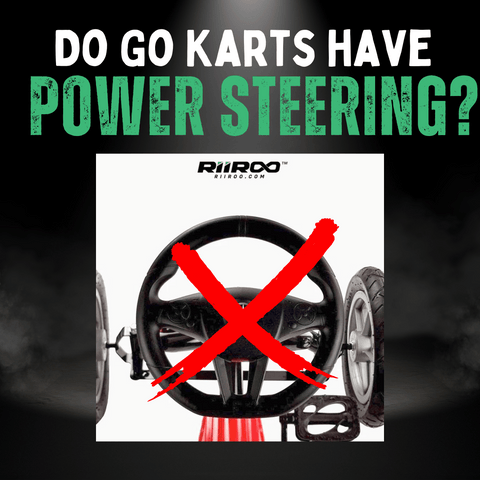
So, does this principle apply to the fun and thrilling world of go-karts?
The simple answer is no. Go-karts do not have power steering. But why not?
Let's explore this question and other aspects of go-kart steering.
Here's Why Go Karts Do Not Have Power Steering
Go-karts do not feature power steering, necessitating drivers to exert force directly onto the steering wheel. This absence of power steering contributes to a lightweight design, enhancing speed, and maintaining the raw, authentic racing experience. While manual steering demands a firm grip, higher-quality go-karts compensate with ergonomic steering wheels, often wrapped in neoprene for comfort. Therefore, despite the lack of power steering, the design and functionality of go-karts ensure an engaging and exhilarating racing experience.
The Basic Principle of Go-Kart Steering
At its core, the steering mechanism in go-karts is very straightforward.
The steering wheel, typically made of aluminium, connects to the steering shaft through three mounting holes.
As a driver, you manually turn the wheel, and the force you exert directly turns the front wheels of the kart.
| Component | Function | Material |
|---|---|---|
| Steering Wheel | Direct control of the kart's direction | Aluminium with neoprene wrap |
| Steering Shaft | Connects steering wheel to the front wheels | Steel |
| Mounting Holes | Securely attaches steering wheel to the shaft | Aluminium |
Common Steering Mechanisms
Rack and Pinion Steering
The rack and pinion system, the most commonly used in go-karts, converts the rotational motion from the steering wheel into linear motion to turn the wheels. It's known for its accuracy and minimal steering effort.
Ackermann Steering Geometry
Ackermann steering geometry ensures that the inner and outer wheels trace different radii during a turn, preventing skidding and maintaining directional stability. It's often used alongside rack and pinion or mechanical linkages.
Alternative Steering Mechanisms
Mechanical Linkages System
Mechanical linkages use rods and levers to transmit steering input, achieving high accuracy in steering angles. This system is simple and easy to manufacture, making it suitable for light vehicles.
Pitman Arm Steering
The Pitman arm mechanism involves a steering box converting the steering wheel's rotational motion into linear motion. It is robust and handles high loads, suitable for racing go-karts requiring precise and stable steering.
Power Steering
Though not common in go-karts due to added weight and potential power reduction, power steering reduces the effort needed to steer using hydraulic or electric actuators, aiding control in tight corners and at low speeds.
Design and Optimisation Considerations
Finite Element Analysis (FEA)
FEA analyses stresses and deformations in steering components, optimising design for safety and reliability.
Simulation and Modeling
Tools like SolidWorks and Ansys model and validate steering components, enhancing performance and durability.
Key Parameters
Key design parameters include wheelbase, track width, turning radius, and steering ratios, crucial for desired steering performance and stability.
In summary, while rack and pinion is the most popular steering system, alternatives like mechanical linkages and Pitman arm steering offer viable options depending on specific go-kart requirements.
Advanced design techniques ensure effective and optimised steering systems.
Why Power Steering is Not Used in Go-Karts
The absence of power steering in go-karts is deliberate and essential to the sport's ethos. Power steering adds extra weight and decreases the engine's power.
Moreover, incorporating power steering is an expensive modification.
The Role of Weight in Go-Kart Design
In go-karting, where the goal is to maximise speed and performance, additional weight is often seen as a drawback. A lightweight kart means a faster kart, so adding a power steering mechanism is counterproductive.
| Weight Component | Impact on Speed | Impact on Control |
|---|---|---|
| Lighter Kart | Higher speed | Easier to maneuver |
| Heavier Kart | Reduced speed | More stable but harder to turn |
| No Power Steering | Lightweight | Requires more physical effort |
Recent Technological Advancements in Go-Kart Steering
Pitman Arm Steering Mechanism
Implemented to provide precise and stable steering at high speeds, converting the rotational motion of the steering wheel into linear motion transmitted to the wheels via tie rods.
Advanced Simulation and Modeling
Tools like SolidWorks, Catia, and Ansys are used to model, validate, and optimise steering components, enhancing performance and durability.
Finite Element Analysis (FEA)
FEA is used to analyse stresses and deformations in steering components, optimising designs for safety and reliability.
Ackermann Steering Geometry Optimisation
Recent designs achieve up to 96% accuracy, enhancing cornering performance and reducing tire wear.
Power Wheelchair Motor Adaptation
Innovative use of power wheelchair motors controlled by Arduino for precise steering control and experimental self-driving capabilities.
Lightweight Materials
Ongoing trend of using advanced lightweight materials in steering components to reduce weight and improve performance.
Electronic Steering Assistance
Exploration of electronic steering assistance systems to reduce driver fatigue while maintaining manual steering feel.
These advancements improve steering precision, reduce driver effort, and enhance performance, though many racing leagues prefer manual systems for their simplicity and reliability.
Related: How Much Does an Electric Go-Kart Weigh?
Why Manual Steering is a Key Part of the Karting Experience
Manual steering also adds a layer of skill and challenge to go-kart racing.
This brings a sense of realism to the racing experience, allowing the driver to have a more direct connection with the kart and the track.
It's a chance to learn how to manoeuvre a vehicle using your own strength and skill, bringing a unique satisfaction to the racing experience.
Understanding the Components of Go-Kart Steering
Having cleared up why go-karts don't use power steering, let's delve into the key components of a go-kart's steering mechanism.
Related: How Does Go Kart Steering Work?
The Steering Wheel: The Direct Control Line
The steering wheel is your direct line of control over the kart. Higher quality go-kart steering wheels often come wrapped with neoprene and feature moulded finger grip grooves.
These enhancements provide an ergonomic grip and improve the steering experience.
Grip: The Element of Control
Grip plays a significant role in go-kart steering. With every vibration and hard turn, a comfortable grip can make a significant difference to the driver's control over the kart.
How a Comfortable Grip Enhances Performance
The lack of power steering means the front wheels of a go-kart are turned purely through the force you put into the steering wheel.
Therefore, a firm yet comfortable grip is crucial to maintain optimal control and prevent fatigue during the race.
Skills to Compensate the Absence of Power Steering
Without power steering, other skills become more important in go-kart racing. Let's explore them.
Developing Core Strength and Racing Stamina
Driving a go-kart can be a real workout, especially for your core. Core strength and stamina are essential to efficiently navigate the racing circuit.
It's not just about turning the steering wheel, but controlling the kart, particularly when cornering or hitting the apex.
Related: Why Does My Body Hurt After Go-Karting?
The Importance of Practice on the Racing Track
Practice is key in any sport, and karting is no exception. Regular go-kart practice helps you develop a feel for the kart's responses and understand how much effort you need to steer effectively, especially at high speed.
You can enhance your go-kart racing performance by learning from experienced racers and following their tips and tricks.
The Evolution of Go-Kart Racing
Go-karting, or kart racing as it is often referred to, has a rich and fascinating history. Initially, it was merely a fun activity for youngsters, an amusement park staple.
However, it has rapidly grown into a globally recognised sport, offering a platform for racers to hone their skills before graduating to more advanced racing disciplines.
Today, go-kart racing provides thrill-seekers of all ages with a taste of motorsport's speed and adrenaline.
Related: 12 Tips On How To Drive A Go Kart For The First Time
Tracing the Journey of Kart Racing
Over the years, kart racing has evolved significantly. Technological advances have refined the design and performance of go-karts, making them faster, safer, and more exciting.
While the principle of steering hasn't changed much, enhancements have been made to the steering mechanism to improve control and grip.
However, the lack of power steering remains, preserving the authentic racing experience that enthusiasts love about the sport.
Related: The History of Go Karts
The Role of the Racing Track in Go-Kart Steering
The track plays a crucial role in the go-kart steering experience.
Different types of racing tracks pose unique challenges, from wide bends to narrow chicanes, each requiring different degrees of steering effort.
Learning how to navigate these tracks while avoiding common karting mistakes is crucial to becoming a skilled racer.
Understanding the Track's Impact on Go-Kart Steering
Track design impacts how you handle the steering wheel. On a racing track with sharp corners, you might need to use more force to turn the wheel, whereas on a track with gentle bends, less force is needed.
Mastering these skills is a significant part of the go-karting experience and adds to the joy of manual steering.
It's particularly important to learn how to turn corners faster to improve your lap times and overall performance.
Hitting the track apex – the innermost point of a turn – at the right angle can help you maintain speed and improve lap times.
Mastering these skills is a significant part of the go-karting experience and adds to the joy of manual steering.
Maximising Speed in Go-Karting
Speed is an essential element of go-karting. It adds to the thrill of racing and requires precise control over the kart's weight and steering mechanism.
The Balance Between Weight and Speed Output
In go-karting, lighter is generally faster. A lightweight kart means a faster kart, with every excess pound slowing down the speed output.
The lack of power steering contributes to keeping the kart's weight down, thereby maximising speed.
It's a delicate balance between maintaining control through manual steering and achieving maximum speed.
This balance is what makes go-kart racing so challenging and rewarding.
In Conclusion: The Joy of Manual Steering in Go-Karting
In go-karting, the absence of power steering doesn't detract from the experience, but instead, it adds to the thrill and authenticity of the race.
Drivers must maintain a firm grip on the steering wheel, as every turn, corner apex, and burst of speed are directly controlled by their input.
This immediate connection between the driver's action and the kart's response, while demanding more physical effort, heightens the sensation of speed and control, turning each ride into a unique adrenaline-charged adventure.
Therefore, despite the lack of power steering and the need for a comfortable handling grip, go-karts continue to deliver an unmatched racing experience.
It's a test of skill, strength, and spirit, proving that power isn't just about steering - it lies within the driver.
You can learn more about this phenomenon and how to address it in this article on why go-karts hop through corners.
FAQs
How do you maintain control of a go-kart without power steering?
While go-karts lack power steering, drivers can effectively maintain control by practising consistent hand positioning on the steering wheel, managing speed appropriately, and learning the layout of the track to anticipate turns. The key is to understand how the kart responds to your inputs and adjust accordingly.
What are some ways to improve steering efficiency in go-karts?
Steering efficiency in go-karts can be heightened by practising smooth and measured steering movements, rather than abrupt jerks, which can lead to loss of control and reduced speed. Focusing on the precise entry and exit from turns and anticipating upcoming curves by looking ahead can also contribute to improved steering performance. These tactics require practice but can significantly elevate the go-kart handling experience.
What are some typical steering issues that go-kart drivers encounter?
Common steering problems in go-karts include stiff or loose steering, uneven tyre wear, and difficulties in turning. These issues can often be traced back to misalignment, improper tyre inflation, or worn-out steering components.
How can I alleviate the stiffness of go-kart steering?
Go-kart steering stiffness can be alleviated by ensuring proper tyre inflation, maintaining the kart's alignment, and checking the steering mechanism for any wear and tear. Regular maintenance and servicing of the go-kart can greatly improve the ease of steering.
Additional Resources
For those seeking to master go-karting, we also recommend the following guides:
Get in Touch
Loved this article and fancy learning more about go-karts or other ride-on toys for the kids? Then hop on over to our website, RiiRoo.com. We've got heaps more to share with you!
Want to have a quick natter or got a burning question?
You can give our friendly team a buzz via our Live Chat.
Get in Touch 🚀
Loved our article on “Do Go Karts Have Power Steering?” Got the itch to dive into more wheely-awesome info?
Whether you're a parent or a grandparent, we're here for all your kids ride-on toy questions! 🚗💨
Feeling click-happy?
Jump straight into our wonderland at RiiRoo.com.
Or, if you're more the chatty type, give our Live Chat a whirl and let's talk toys!


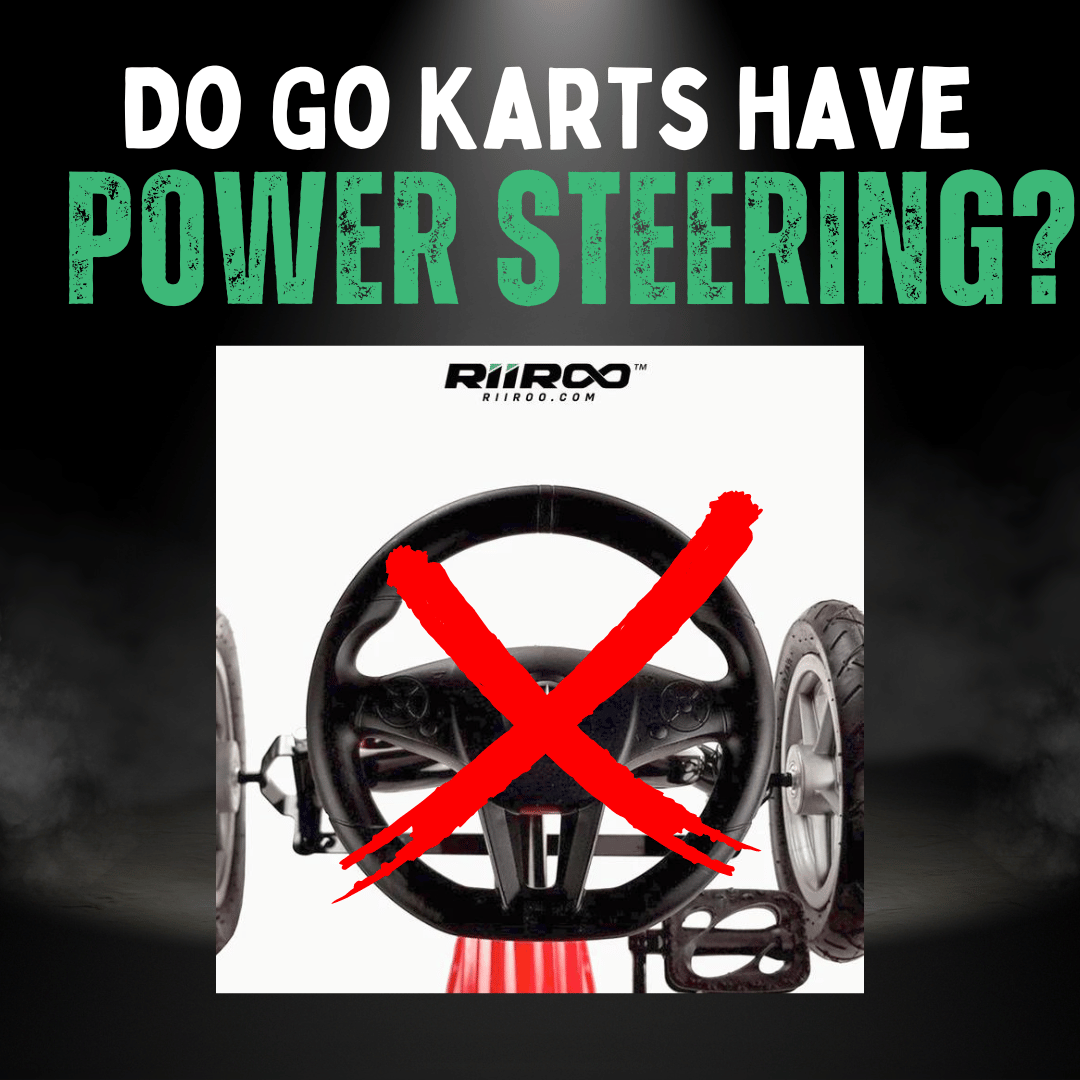
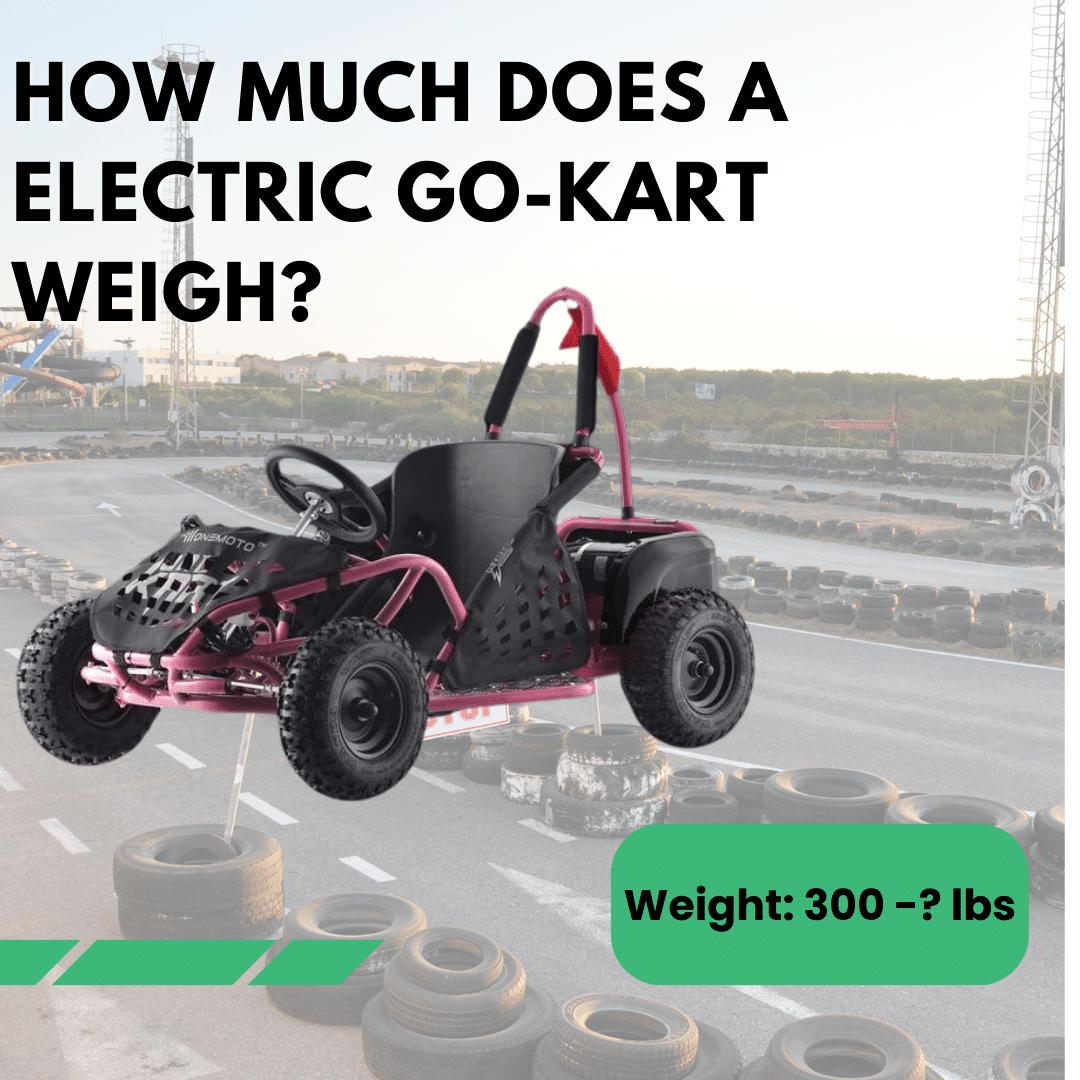
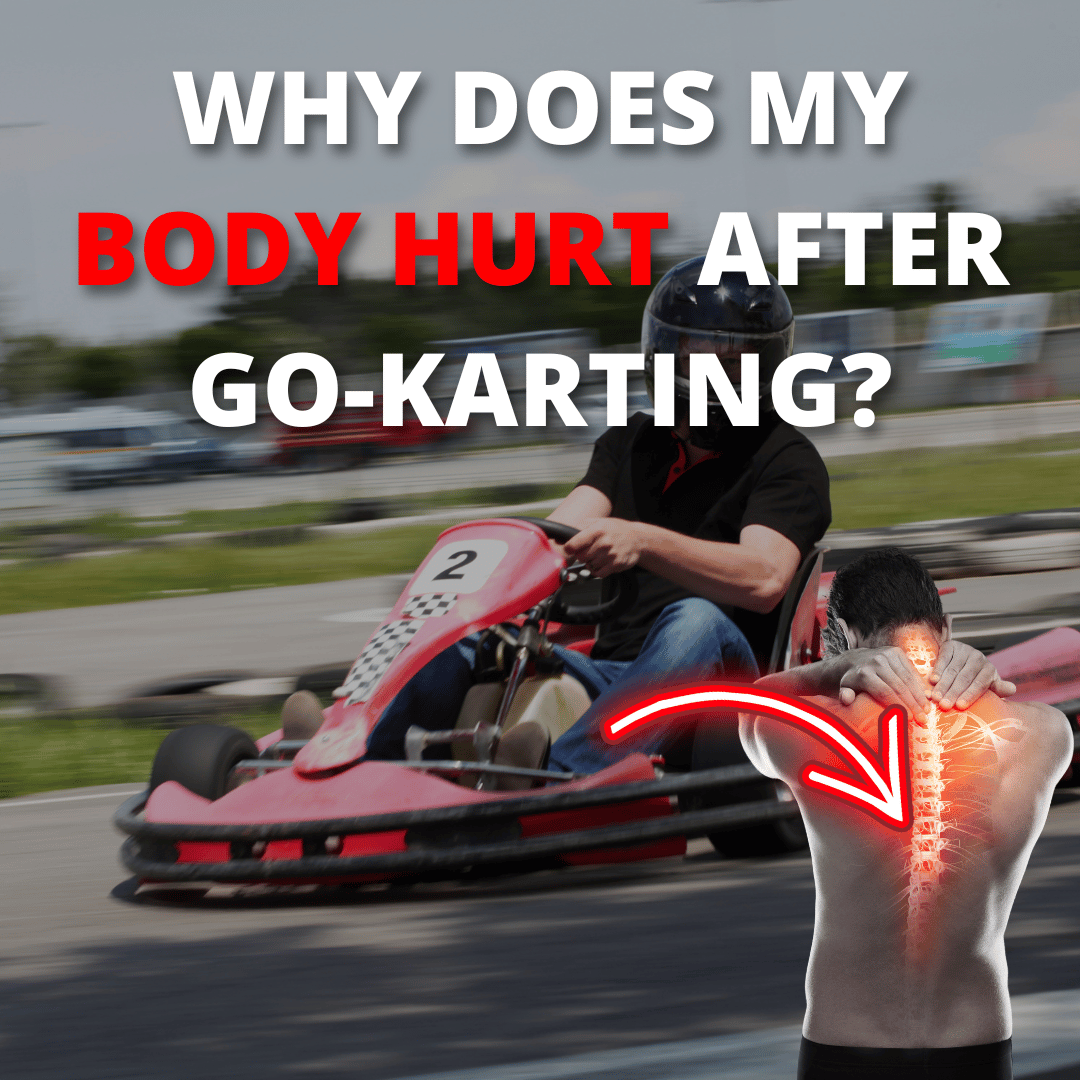


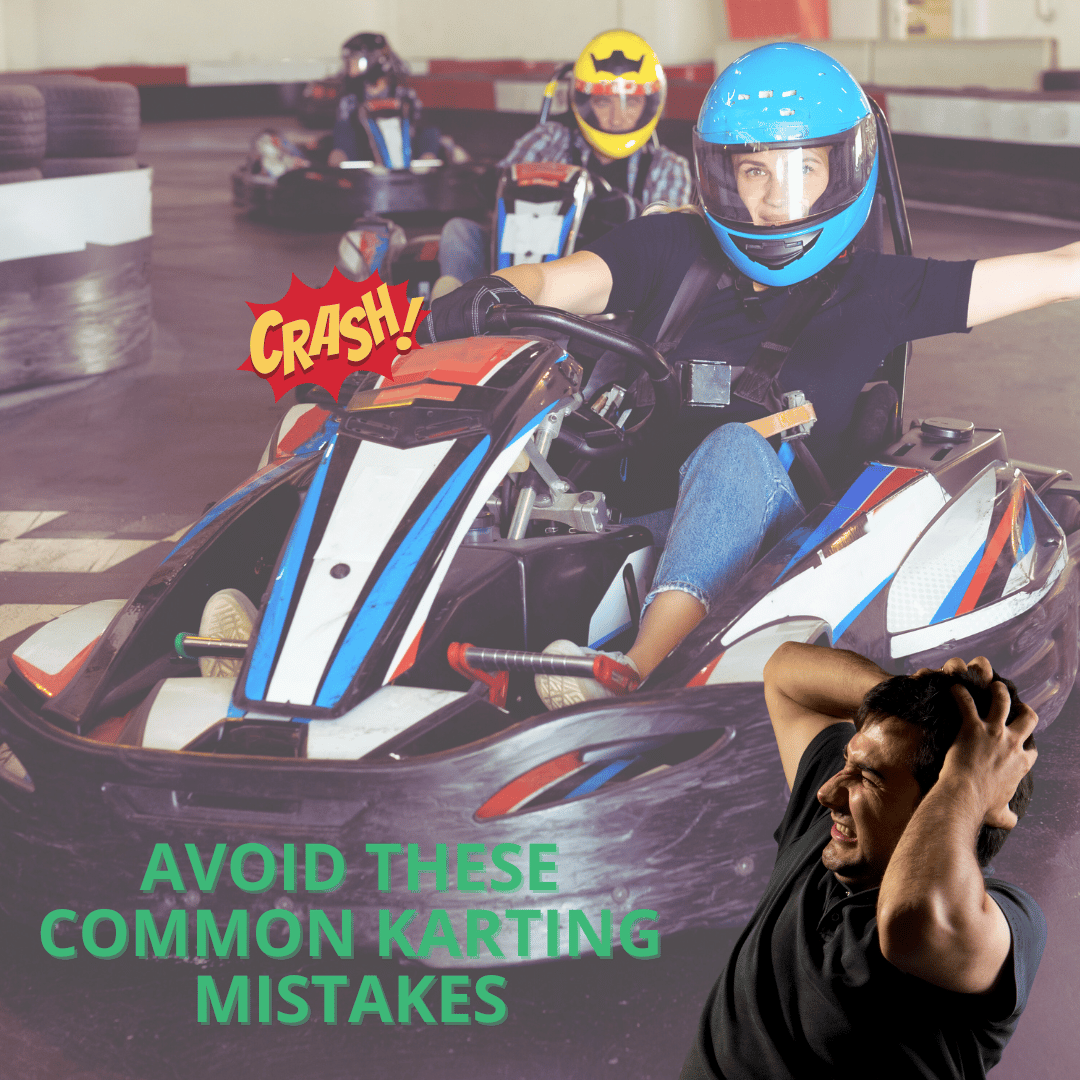
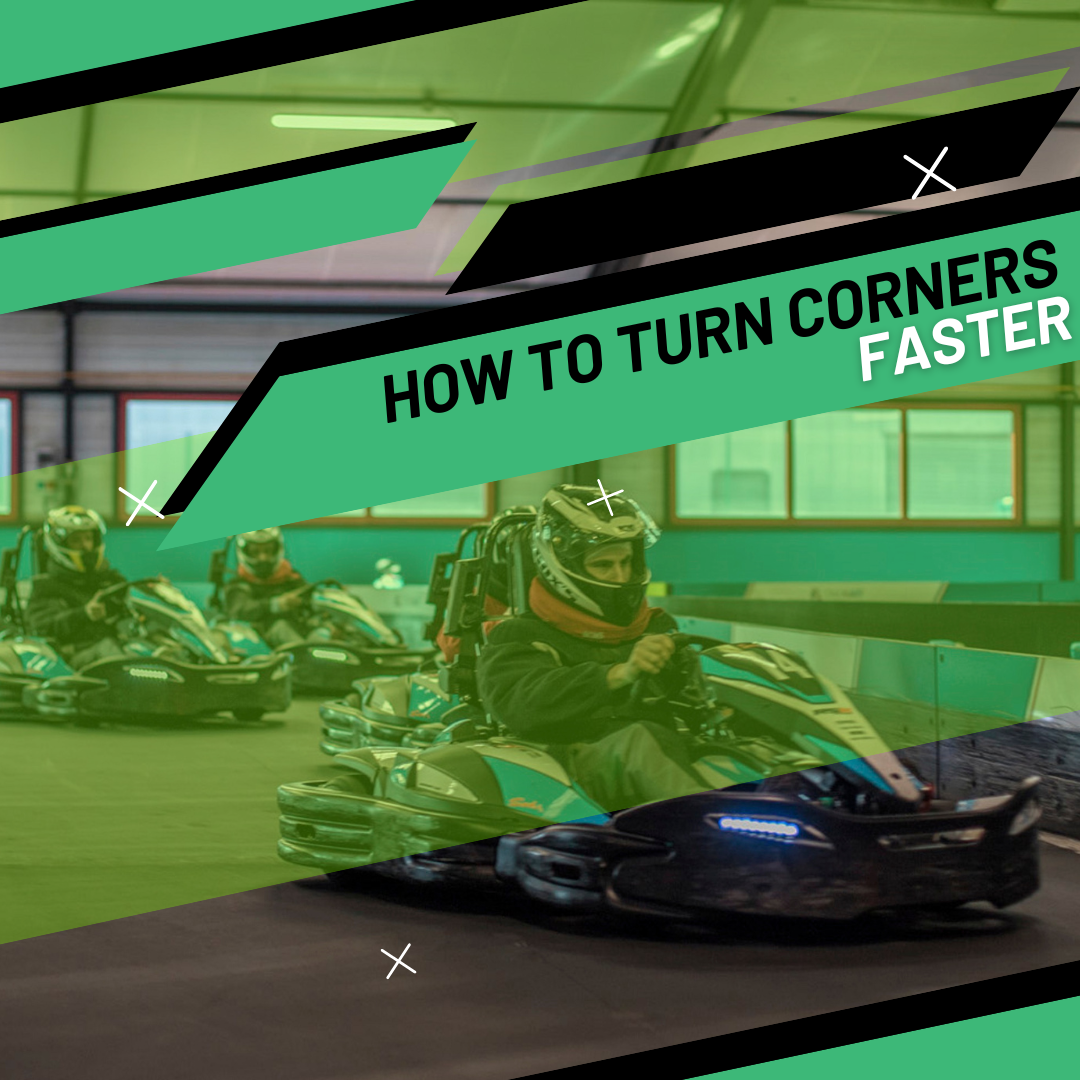


Share:
Do Go Karts Have Seat Belts?
Is It Possible To Flip A Go-kart?